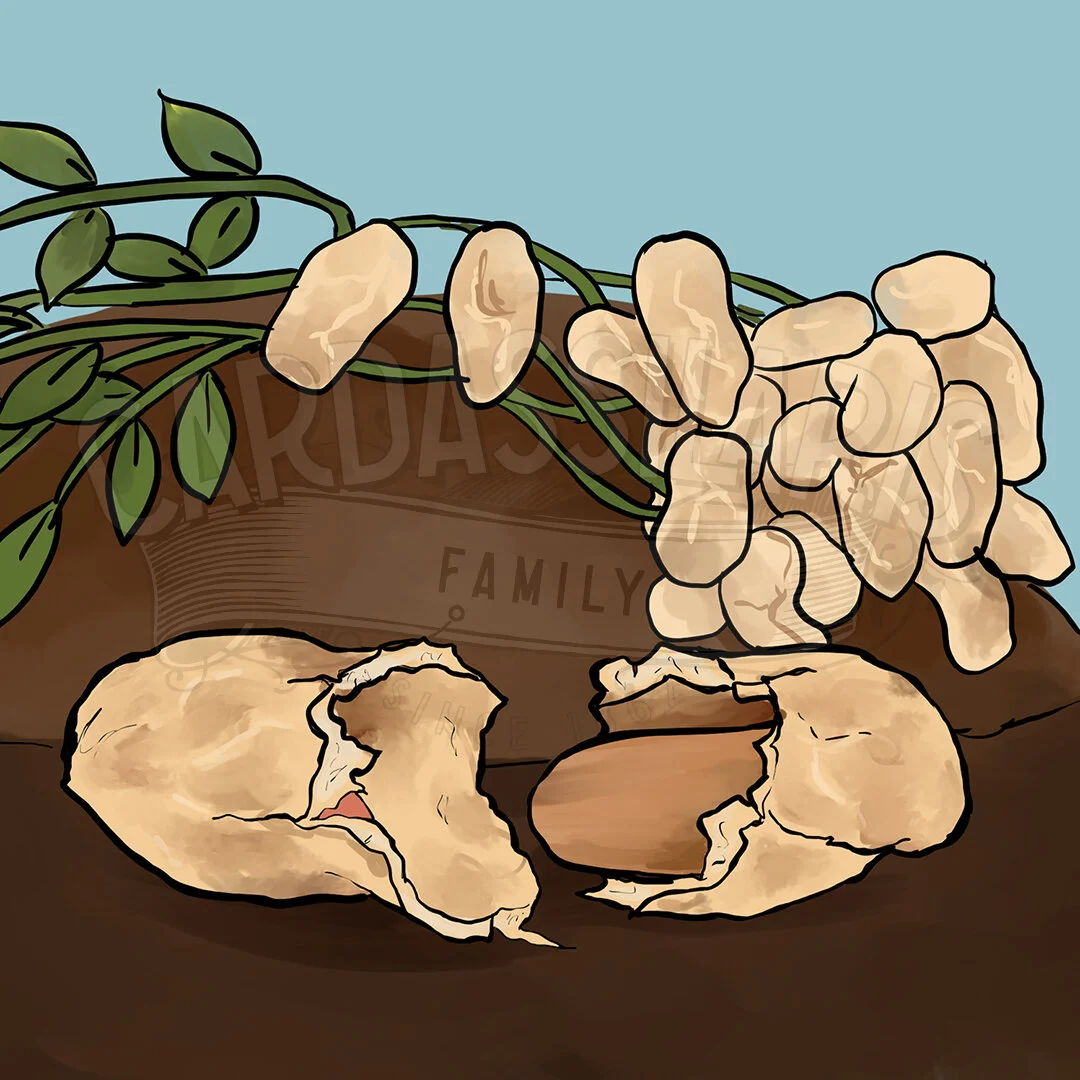Peanut Pick Of September 2021
The summer months have given way to great weather in the United States, China and India where the majority of the world’s peanut stock is cultivated. Due to the pleasant weather, it shouldn’t be a surprise to expect greater and better quality yield when the time comes to harvest the peanuts.
While global warming and the COVID-19 pandemic has adversely affected most markets including dried fruit and nuts, the peanut market hasn’t taken a hit as much as the others. Perhaps there are other reasons behind this, and they definitely warrant a further look.
European Inventories Take Stock
Since the peanut industry requires an inshelling market, it shouldn’t be a surprise that these two go hand in hand. The European inventory for the inshell market has been quite steep, nearly meeting deadlines for delivery. This might be a cause for concern considering how the US and Egyptians crops are meant to overproduce this year.
If European markets don’t pay attention, they might lose valuable customers to the Chinese who have been quite diligent in establishing themselves as a major player in the industry.
What’s China Up To?
China’s model for world peanut supply is similar to that of Europe and the United States. However, its inshelling market is quite different from the European ones. While on hindsight, the market may seem like the exact replica, on closer inspection, you will find that China’s model is actually more efficient- presumably due to the larger labor force.
But things are meant to get even more interesting as India’s crops turn to harvest.
Help From The Market
India is projected to help with the supply side of things when their winter crops are harvested. Furthermore, their freight costs will be cut off drastically since they plan on using China’s inshell industry. This will not only help the market supply increase, but it will also help prices to continue to rise.
But this does not mean that all is well. In countries like the United States, Argentina and Brazil, freight prices are increasing, causing prices to skyrocket with little profit.






